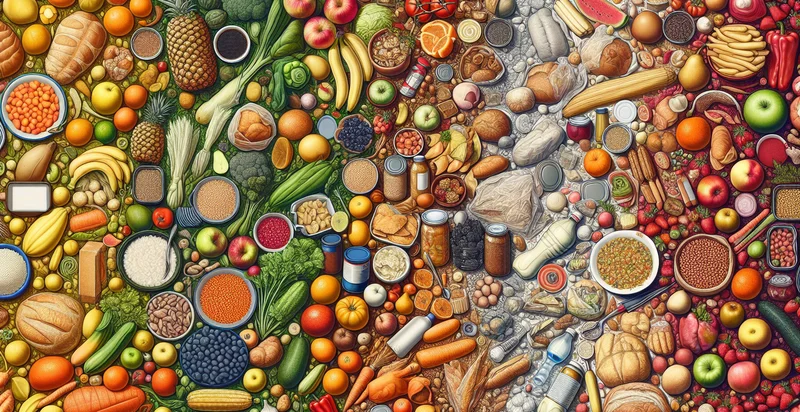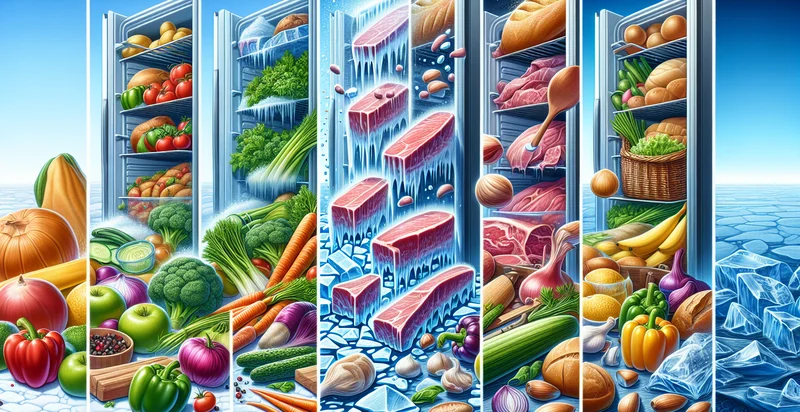Identify if food is processed
using AI
Below is a free classifier to identify if food is processed. Just input your text, and our AI will predict if the food is processed - in just seconds.

Contact us for API access
Or, use Nyckel to build highly-accurate custom classifiers in just minutes. No PhD required.
Get started
import nyckel
credentials = nyckel.Credentials("YOUR_CLIENT_ID", "YOUR_CLIENT_SECRET")
nyckel.invoke("if-food-is-processed", "your_text_here", credentials)
fetch('https://www.nyckel.com/v1/functions/if-food-is-processed/invoke', {
method: 'POST',
headers: {
'Authorization': 'Bearer ' + 'YOUR_BEARER_TOKEN',
'Content-Type': 'application/json',
},
body: JSON.stringify(
{"data": "your_text_here"}
)
})
.then(response => response.json())
.then(data => console.log(data));
curl -X POST \
-H "Content-Type: application/json" \
-H "Authorization: Bearer YOUR_BEARER_TOKEN" \
-d '{"data": "your_text_here"}' \
https://www.nyckel.com/v1/functions/if-food-is-processed/invoke
How this classifier works
To start, input the text that you'd like analyzed. Our AI tool will then predict if the food is processed.
This pretrained text model uses a Nyckel-created dataset and has 2 labels, including Processed Food and Whole Food.
We'll also show a confidence score (the higher the number, the more confident the AI model is around if the food is processed).
Whether you're just curious or building if food is processed detection into your application, we hope our classifier proves helpful.
Related Classifiers
Need to identify if food is processed at scale?
Get API or Zapier access to this classifier for free. It's perfect for:
- Food Quality Analysis: This use case involves the identification of processed foods in real-time during food quality assessments. By determining whether food is processed, quality control teams can ensure that only high-quality, fresh products are marketed and sold, enhancing customer satisfaction.
- Nutritional Labeling: In this scenario, nutritionists and food manufacturers can use the identifier to classify food items accurately for labeling purposes. This helps consumers make informed dietary choices, as they can clearly understand if they are consuming processed versus unprocessed foods, aiding in healthier lifestyles.
- Supply Chain Management: Businesses can implement this function in supply chain logistics to evaluate food products' processing levels. This allows them to optimize inventory management by distinguishing between processed and fresh items, thereby reducing waste and ensuring timely sourcing of products.
- Market Research: Researchers can leverage the identifier in analyzing consumer trends regarding processed versus whole foods. This helps companies understand market demand shifts and adjust product offerings or marketing strategies accordingly, ensuring alignment with consumer preferences.
- Health Compliance Monitoring: Health organizations can utilize the identifier to monitor and evaluate the prevalence of processed foods in retail environments or restaurants. By gathering this data, they can develop targeted health campaigns and regulations aimed at reducing processed food consumption in communities.
- Dietary Recommendation Systems: In the development of personalized diet apps, this function can be used to categorize users’ grocery lists or meal plans. By identifying processed foods, the app can provide tailored guidance towards healthier, unprocessed food alternatives, promoting better dietary habits.
- Regulatory Compliance: Food companies can incorporate this classifier in their compliance frameworks to ensure their products align with government standards regarding processed foods. This helps mitigate the risk of legal issues and supports transparency with consumers about the nature of their food products.


